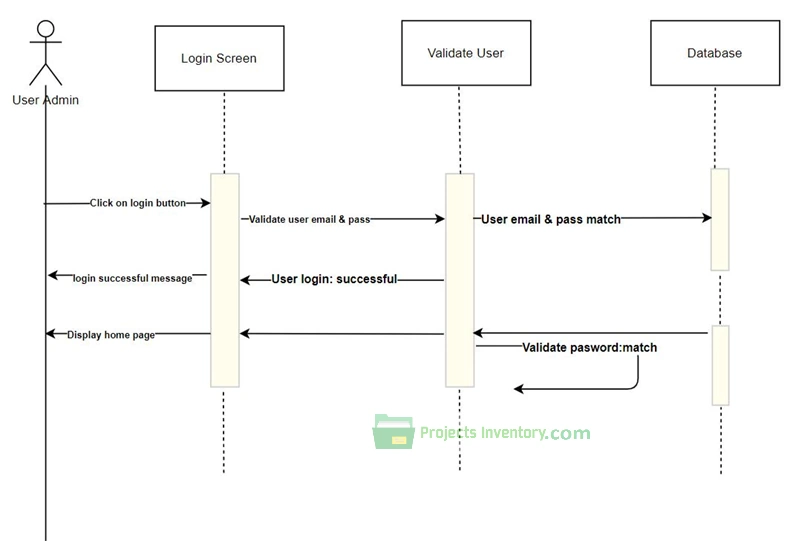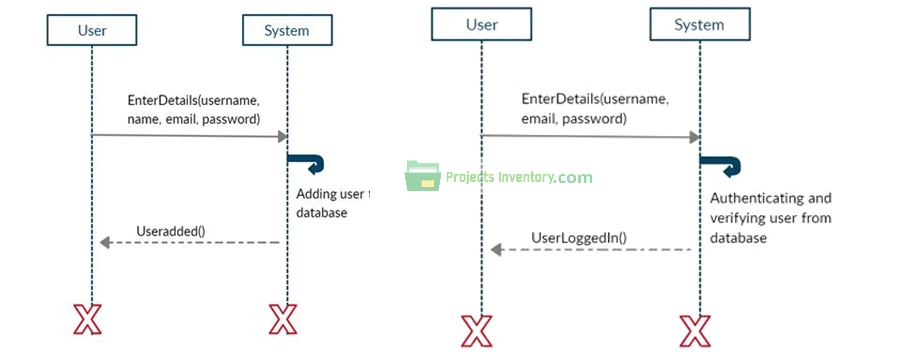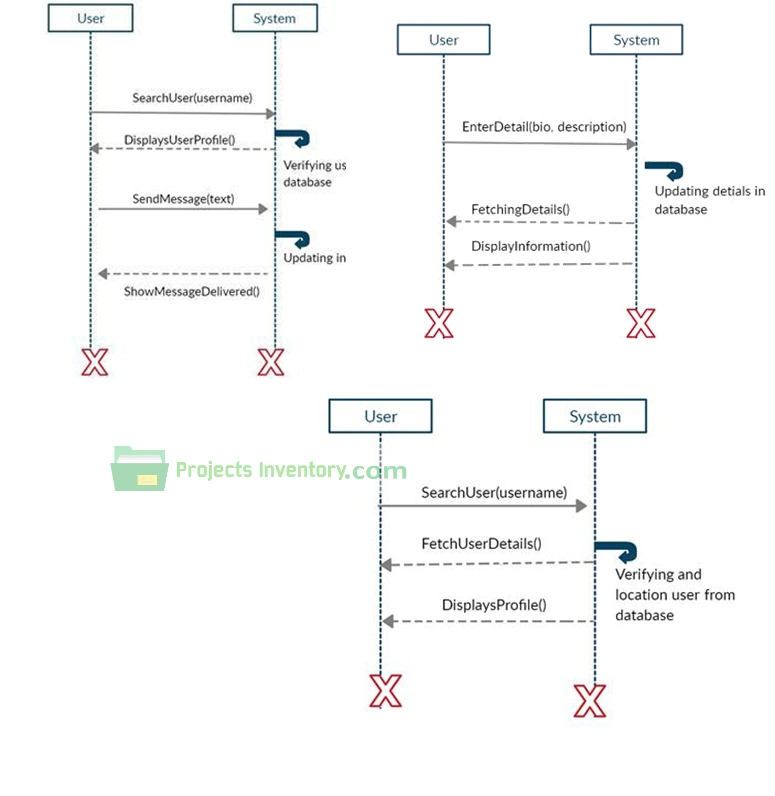


System Design
The process of defining the architecture, modules, interfaces, and data for a device in order to meet specific specifications is known as system design.
The process of specifying the elements of a system, such as the architecture, modules,
and components, as well as the various interfaces between those components and the data that
flows through it, is known as system design. It is designed to meet companies or organization’s
unique needs and specifications by constructing a well-functioning framework. System design
has two phases of development.
-Logical design
-Physical design
During logical design phase the analyst describes inputs (sources), output (destinations), databases (data stores) and procedures (data flows) all in a format that meets the user requirements. The admin also specifies the needs of the user at a level that virtually determines the information flow in and out of the system and the data resources. Here the logical design is done through data flow diagrams and database design. Physical design produces the working system by defining the design specifications, which specify
Exactly what the candidate system must do. The programmers write the necessary programs that accept input from the user, perform necessary processing on accepted data and produce the required report on a hard copy or display it on the screen.
INPUT AND OUTPUT DESIGN
Input Design:
Input design is the link that ties the information system into the world of its user. The input design involves determining the inputs, validating the data, minimizing the data entry and provides a multi-user facility. Inaccurate inputs are the most common cause of errors in data processing. Errors entered by the data entry operators can be controlled by input design. The user-originated inputs are converted to a computer based format in the input design. Input data are collected and organized into groups of similar data. Once identified, the appropriate input media are selected for processing. All the input data are validated and if any data violates any conditions, the user is warned by a message.
If the data satisfies all the conditions, it is transferred to the appropriate tables in the database. In this project the student details are to be entered at the time of registration. A page is designed for this purpose which is user friendly and easy to use. The design is done such that users get appropriate messages when exceptions occur.
Output Design:
Computer output is the most important and direct source of information to the user. Output design is a very important phase since the output needs to be in an efficient manner. Efficient and intelligible output design improves the system relationship with the user and helps in decision making. Allowing the user to view the sample screen is important because the user is the ultimate judge of the quality of output. The output module of this system is the selected notifications.
Other Helping Material of Final Year Project(FYP) of Employee Transfer And Promotion Management System
- Code of Employee Transfer And Promotion Management SYSTEM IN ASP.NET
- Functional and Non Functional Requirements of Employee Transfer And Promotion Management System
- SYSTEM/Software TESTING of Employee Transfer And Promotion Management
- Class Diagram Employee Transfer And Promotion Management System
- ERD Employee Transfer And Promotion Management System Entity Relationship diagram
- Sequence Diagram of Employee Transfer And Promotion Management System
- Use Cases Description of Employee Transfer And Promotion Management System
- Use Case Diagram Employee Transfer And Promotion Management System